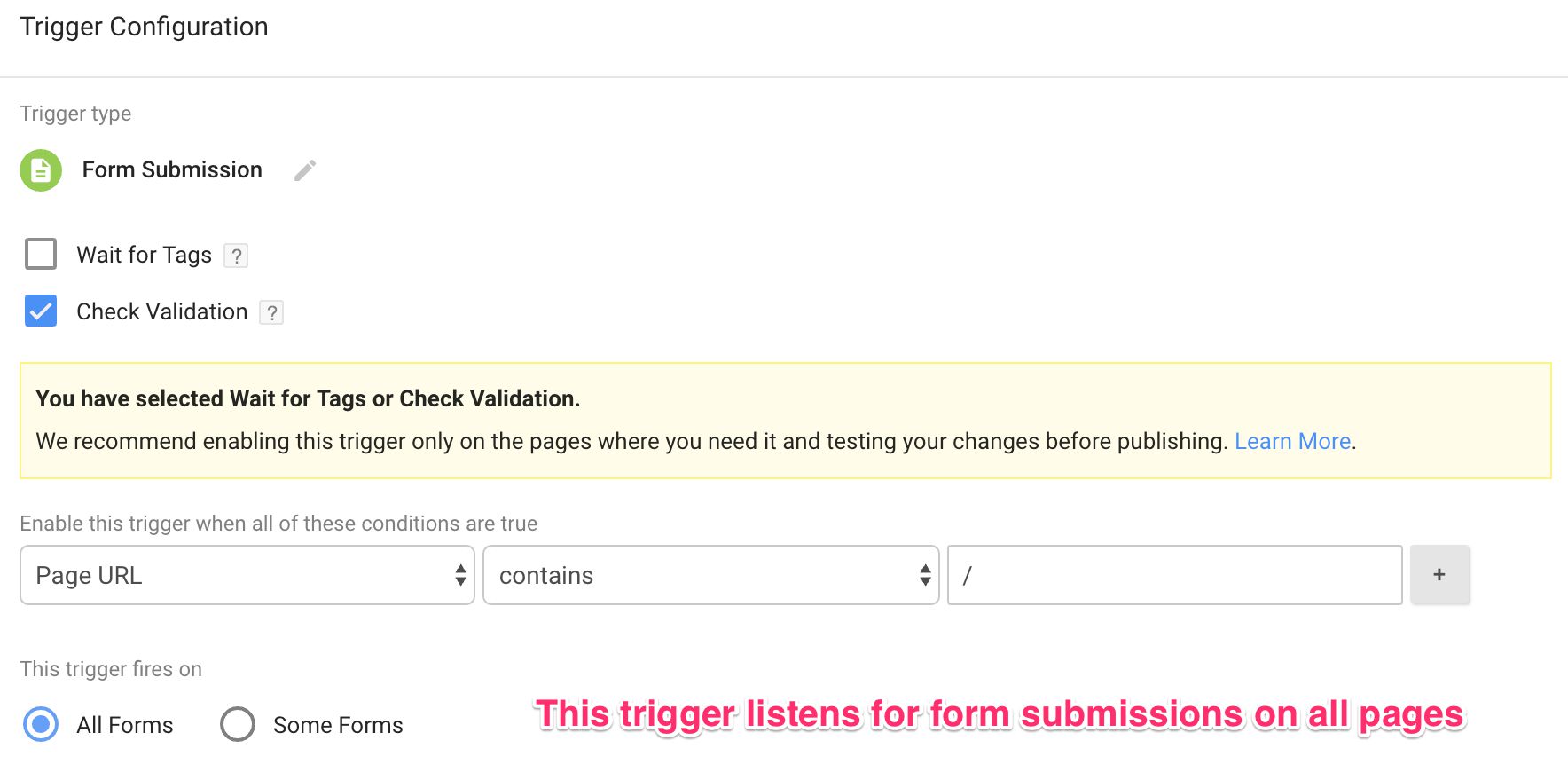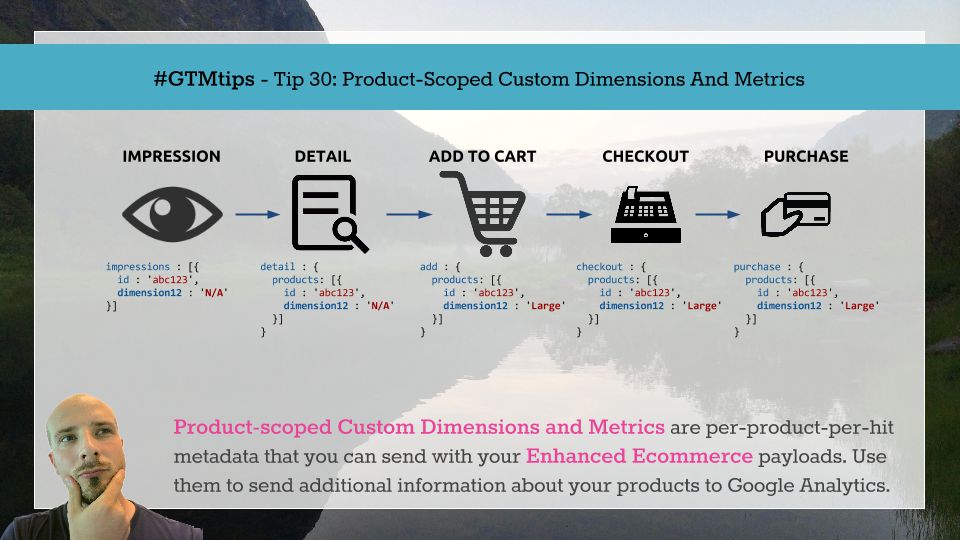(Updated 13 August 2017)
A little over a year ago, in April 2014, I wrote the post “Advanced Form Tracking In Google Tag Manager”, and it’s been at the top of my best seller list ever since. Turns out that many people are rightfully passionate about making the web forms on their websites as fluid and intuitive as possible, since a web form is often the only thing that stands between a prospect and their transformation into clienthood.







